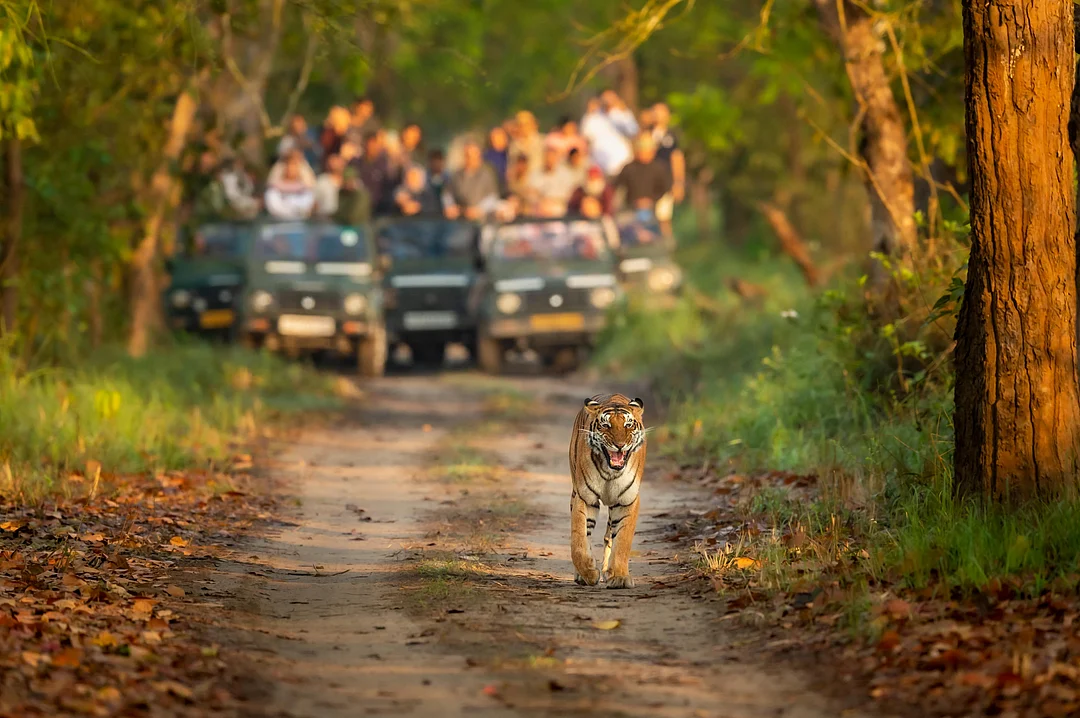At the heart of every wildlife sanctuary lies its core: a stretch of land where the rhythms of nature are allowed to continue undisturbed. These zones are meant to be inviolate—refuges for species pushed to the margins elsewhere, where no road should slice through, no settlement should grow. Around them, buffer zones form a kind of soft edge—places where human presence is permitted, carefully measured in the language of conservation: ecotourism, research, limited resource use.
India
Core Vs Buffer Zones: Why They Matter For Responsible Wildlife Tourism In India
Buffer zones are meant to cushion protected core areas, but rising human pressures—from tourism to mining—are eroding their purpose. In Sariska, a proposed change in boundaries has sparked fears of increased exploitation and habitat loss

Buffer zone is an area surrounding a core conservation zone where low-impact activities like research, environmental education and regulated tourism are permitted
Photo: sourabhbhartiphotography/Shutterstock
Buffer zone is an area surrounding a core conservation zone where low-impact activities like research, environmental education and regulated tourism are permitted
Photo: sourabhbhartiphotography/Shutterstock
CLOSE




